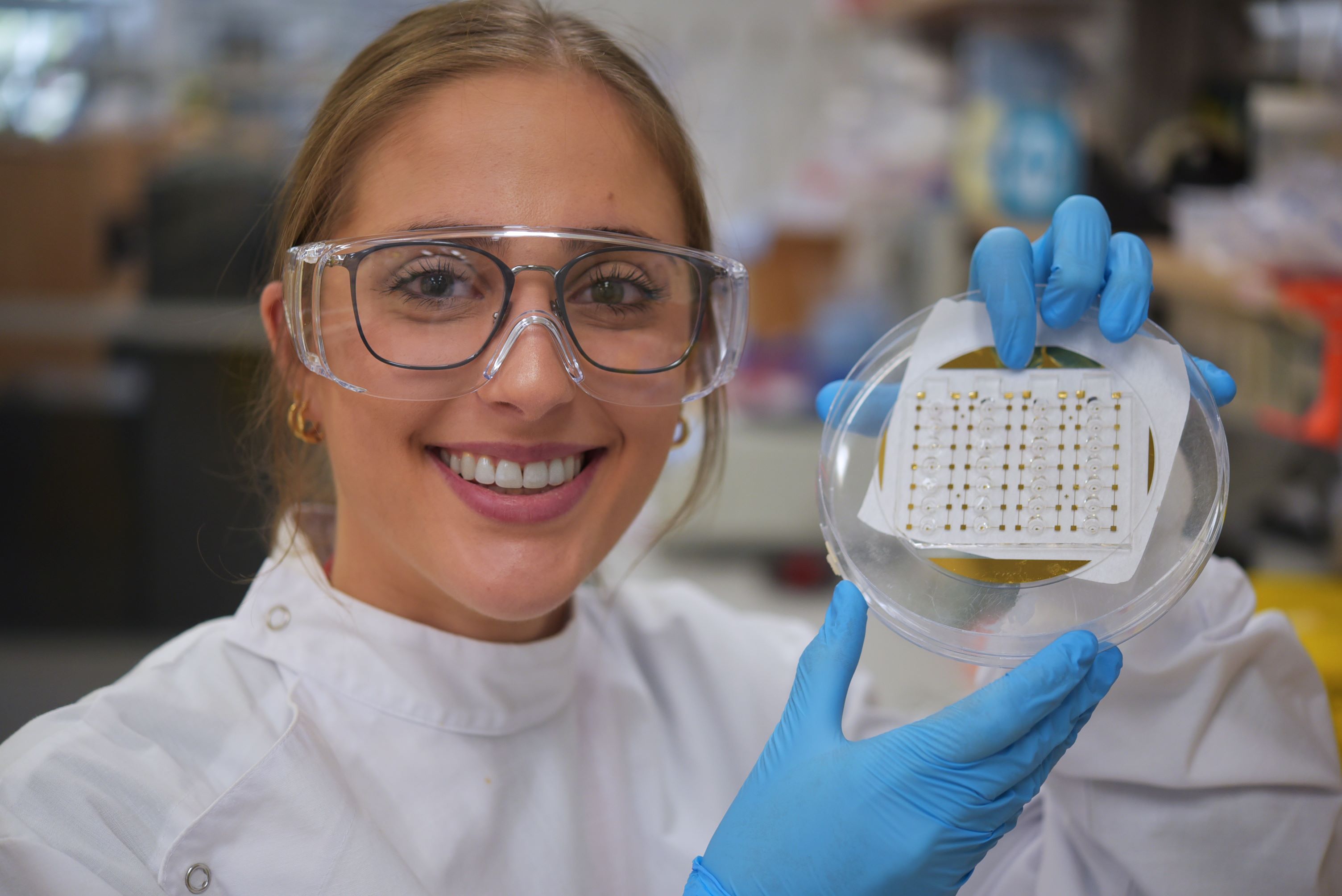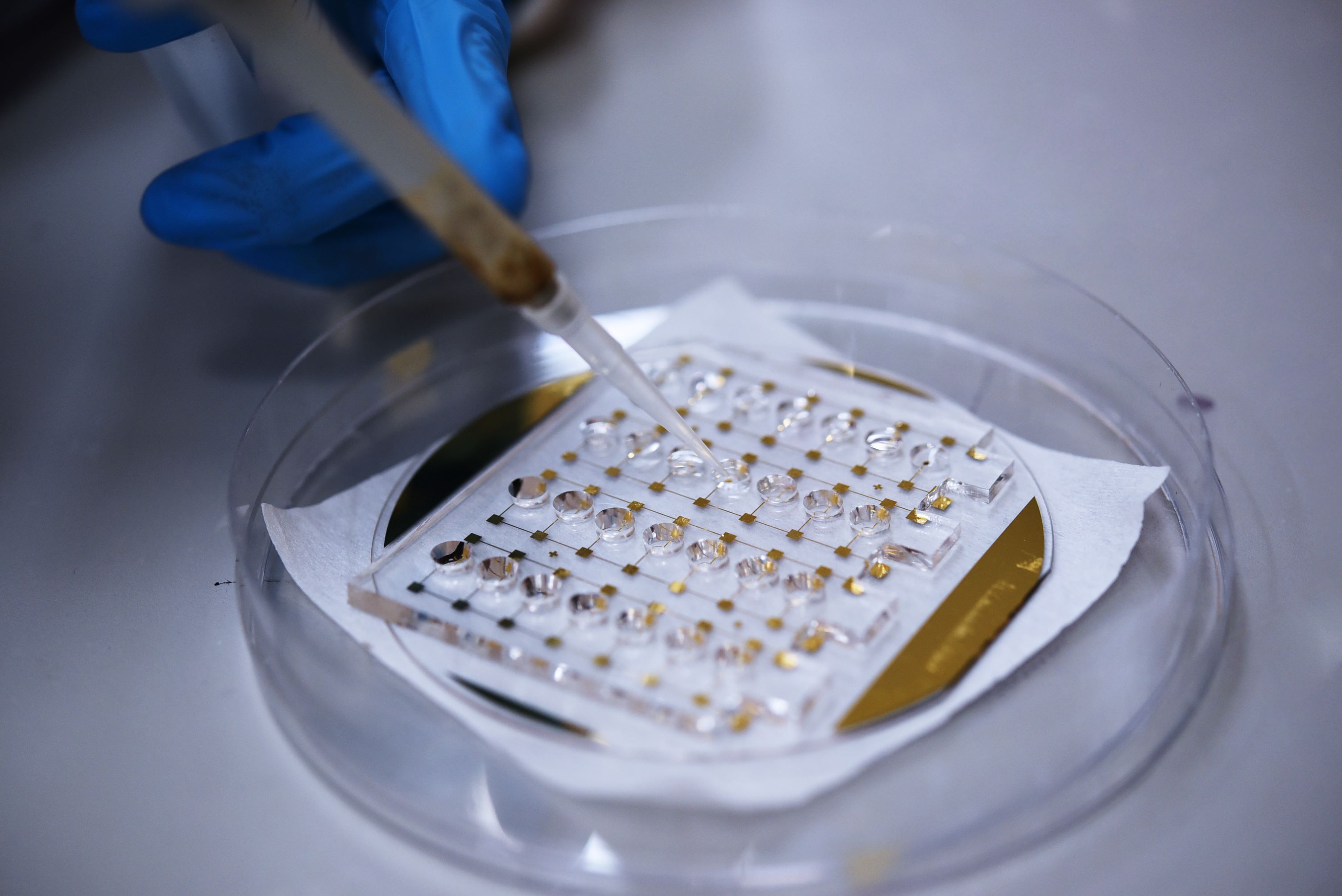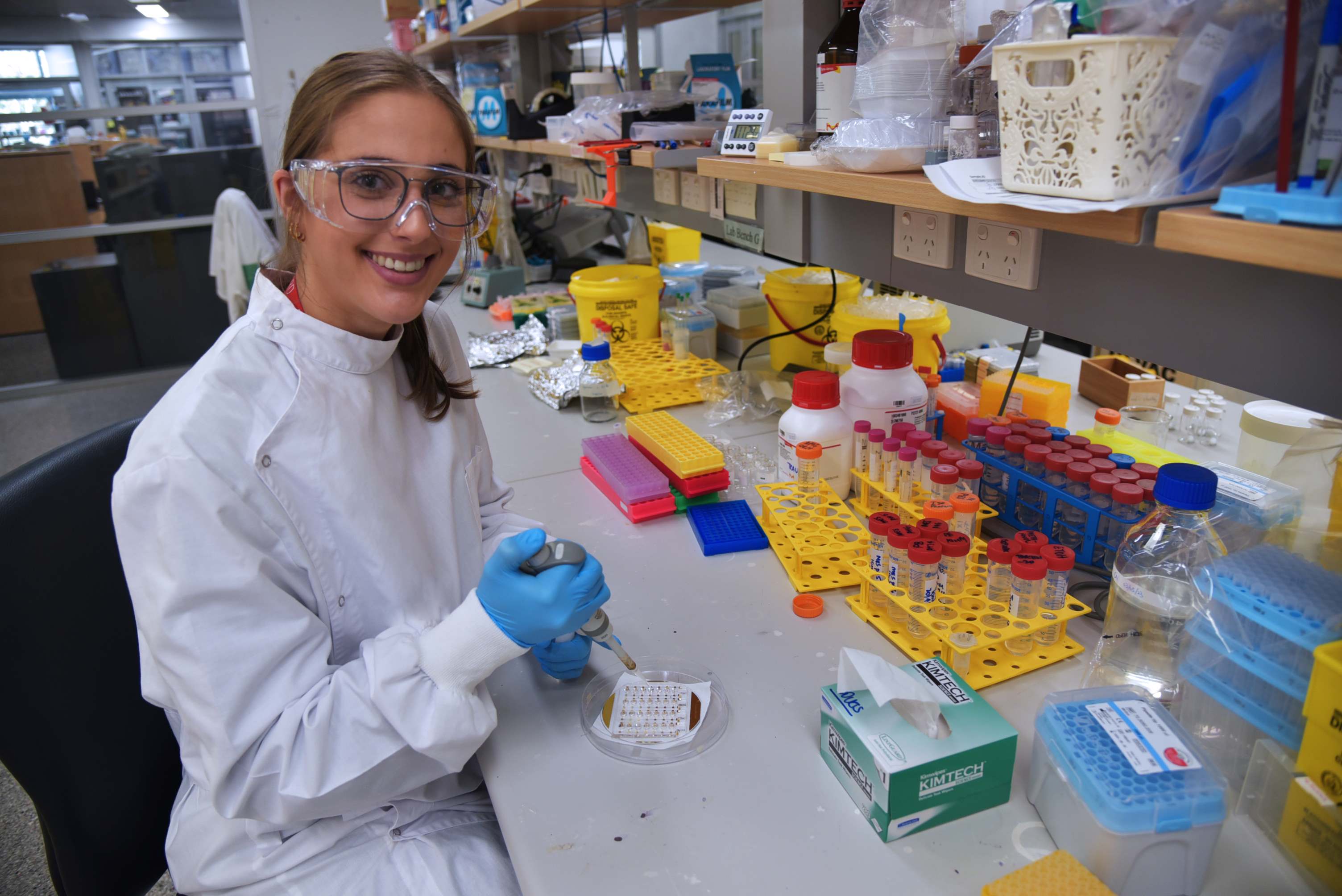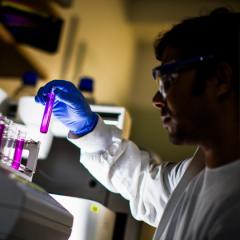First it was Alpha, then Beta, Gamma, Delta, and Omicron: each new, mutated strain of COVID-19 prompting fresh viral concerns requiring new strategies from our health systems.
But four years since the arrival of the pandemic, it’s not just the Greek Alphabet or goddess of chaos that is making researchers nervous.
It’s the lurking threat of zoonotic crossover.

Stay on top of our industry news and developments, events and opportunities, by joining The NetworkJoin The Network
Luckily for us, Australian Institute for Bioengineering and Nanotechnology (AIBN) PhD scholar Courtney Vedelago is part of a team pondering this very issue in the American Chemical Society journal ACS Sensors.
“A major thing that is starting to pop up is that animals are able to get infected and harbour the virus, which can obviously lead to further mutations inside the animal,’ Courtney said.
“Through contact or even ingestion of animal products you can get that new strain of virus and that can start evolving into a new viral variant.
“One of the key things we can do to contain this issue is technology that not only monitors whether someone has COVID-19, but also the exact strain we’re talking about, and where it has come from.”
Courtney, who is lead author of the ACS Sensors article, alongside AIBN colleagues Professor Matt Trau, Dr Chris Howard, and Dr Alain Wuethrich, says variant-specific detection remains a challenging prospect.
But it’s certainly not out of reach.

One promising avenue for Courtney and co is the use of SERS – surface-enhanced Raman scattering - a sensitive and multiplexing technique that allow the simultaneous detection of multiple targets for accurate identification.
In the recently published study, Courtney and her colleagues developed a duplex COVID-19 detection microassay cable of deliniating between variants of concern, such as Omicron and Delta.
The platform showed it could rival the sensitivity of RAT testing, while its nanobodies were able to accurately detect COVID-19 in clinical nasopharyngeal samples, which is concurrent with PCR testing.

The end result is a device that shows promise in aiding the monitoring of COVID-19 cases and variant identification in communities and zoonotic applications, and for treatment and reduced viral transmission.
“With SERS, it gives us this extra push to detect the virus pre-symptom occurring, which can be critical when you are dealing with different variants, and especially new and emerging variants,” Courtney said.
“Look at influenza. You can have influenza A, B or C, and each of them have different severity. Learning which one you’ve got can help predict how you’re going to react, or if you need certain treatments or if you need to be monitored … basically it’s giving medical professionals an extra understanding of what may happen.”
Read the full paper in ACS Sensors here.



